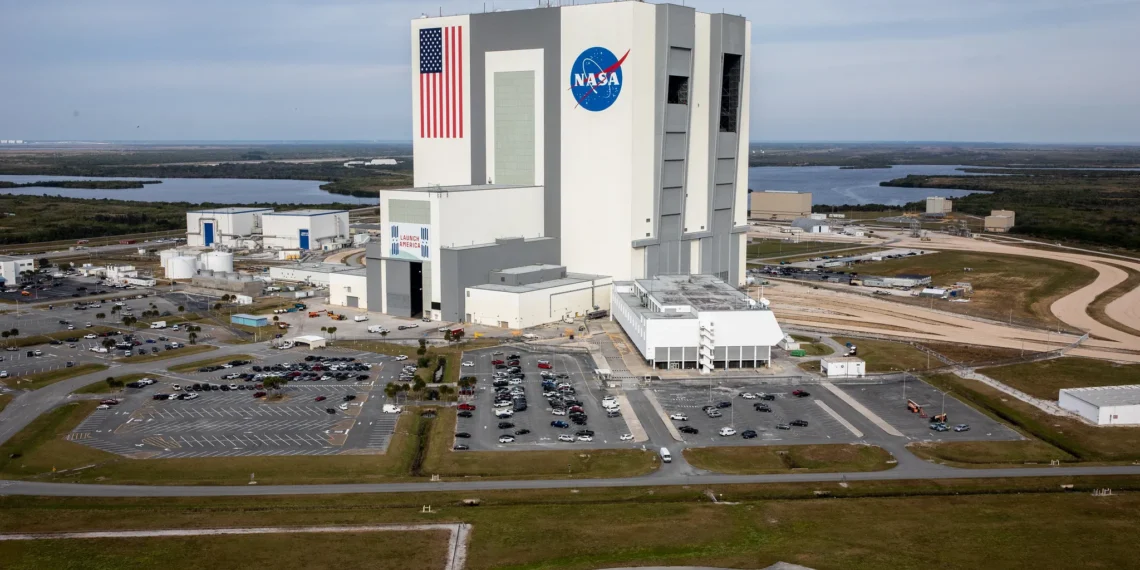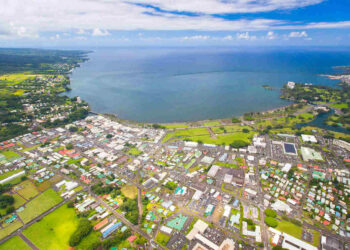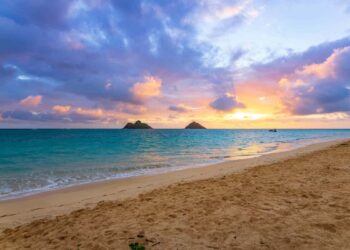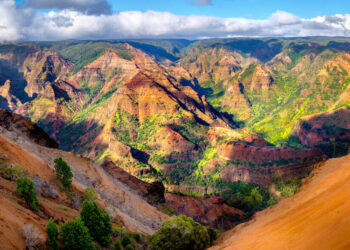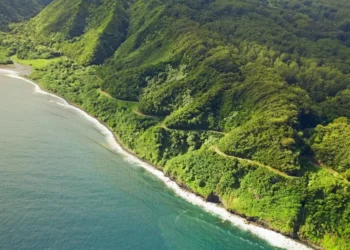Nestled along Florida’s Space Coast, the Kennedy Space Center Visitor Complex stands as a monument to human curiosity and the relentless pursuit of the stars. Here, the air hums with the legacy of rockets that pierced the heavens and the dreams of those who sent them skyward. From the Apollo missions that first pressed boots into lunar soil to the shuttles that wove a tapestry of orbits around Earth, this sprawling complex offers a window into the machinery and minds that redefined possibility. It’s a place where history echoes in steel and flame, and the future whispers through interactive exhibits and distant launch pads.
Places to Visit: An Overview
The Kennedy Space Center Visitor Complex unfolds across a series of meticulously curated zones, each a portal to a different chapter of space exploration. The Rocket Garden greets you first—a grove of towering metal titans, their sleek forms relics of missions past. Here, the Saturn IB and Mercury-Redstone stand silent, their stories etched into plaques beneath them. Nearby, the Apollo/Saturn V Center houses one of only three remaining Saturn V rockets, its 363-foot length a jaw-dropping testament to the audacity of the moon landings. Suspended horizontally, it looms over visitors, flanked by artifacts like a lunar module and a slice of moon rock you can touch.
The Space Shuttle Atlantis exhibit steals breath with its namesake orbiter angled as if mid-flight, its heat-scarred tiles a map of voyages survived. Interactive simulators let you feel the rumble of launch or the weightlessness of orbit. For a deeper dive, the Gateway: The Deep Space Launch Complex peers into tomorrow, showcasing models of next-generation spacecraft like SpaceX’s Starship and NASA’s Artemis SLS. Beyond these, the Heroes & Legends pavilion honors the astronauts—figures like Neil Armstrong and Sally Ride—whose courage turned science fiction into fact, complete with a 4D theater that plunges you into their missions.
Outdoor enthusiasts can wander to the Vehicle Assembly Building (VAB) viewpoint, a colossal structure where rockets are born, or opt for a bus tour to glimpse active launch pads—sometimes alive with the smoke and thunder of a liftoff. Each corner of the complex balances education with awe, making it a pilgrimage for anyone stirred by the cosmos.
How to Reach
Reaching Kennedy Space Center is a straightforward endeavor, rooted in its location roughly 45 miles east of Orlando, Florida. By car, take Interstate 95 to State Road 405 (NASA Parkway), a scenic hour’s drive from Orlando International Airport (MCO). Rental agencies at MCO abound, and the route skirts the edge of Merritt Island National Wildlife Refuge—keep an eye out for alligators basking by the roadside. For those sans wheels, shuttle services like Gray Line Orlando offer round-trip packages from Orlando’s tourist hubs, blending convenience with commentary on the region’s space heritage.
Public transit is leaner—Brevard County’s Space Coast Area Transit runs Bus 28 from Titusville, a short hop from the complex, but schedules demand planning. Flights into Orlando remain the simplest gateway, with connections from most major U.S. cities. Once on-site, parking sprawls generously ($10 for cars), and the visitor complex opens its gates daily at 9 a.m., with seasonal closings rare but worth checking. Arrive early—crowds swell by midday, especially when a launch looms on the horizon.
Frequently Asked Questions About Kennedy Space Center
What’s the best time to visit?
Spring (March-May) and fall (September-November) strike a balance—milder weather, fewer storms, and a decent shot at catching a launch. Summer brings heat and crowds, while winter risks chillier winds off the Atlantic. Check the launch schedule on NASA’s website; witnessing a rocket’s ascent elevates the experience.
Are there age restrictions for exhibits?
None outright, though simulators like the Shuttle Launch Experience set a 44-inch height minimum for safety. The complex caters to all—toddlers marvel at rocket models, while adults unpack the physics in detailed displays. Strollers roll easily across the grounds.
Can you see a launch from the visitor complex?
Yes, when missions align. The main viewing area, included with admission, sits 6-9 miles from the pads, offering a visceral roar and a plume-traced sky. Premium packages ($20-$50 extra) snag closer spots like the Apollo/Saturn V Center’s bleachers. Book fast—launch tickets vanish weeks ahead.
How long should I plan to stay?
A full day (6-8 hours) covers the highlights without rush. Add time for a bus tour (2 hours) or launch viewing. Speed through in 4 hours if pressed, but you’ll miss the depth—like the haunting quiet of the Astronaut Memorial.
Fun Fact
Did you know the Vehicle Assembly Building, at 525 feet tall and 8.8 million cubic feet, is so vast that rain clouds once formed inside? During its construction in the 1960s, engineers battled humidity to keep the air dry enough for rocket assembly—a quirky reminder of nature’s defiance even amid human triumph.
Experiencing the Journey
Stepping into Kennedy Space Center feels like crossing a threshold between Earth and the infinite. The Rocket Garden’s giants cast long shadows, their paint chipped by decades of saltwater air. At the Apollo/Saturn V Center, the rocket’s sheer scale humbles—each stage a city block of engineering, its engines still scarred from lunar quests. Touching the moon rock, cool and pitted, ties you to a place 238,000 miles away, a tactile bridge to the improbable.
The Atlantis exhibit thrums with energy. The shuttle’s cargo bay yawns open, a cavern that once cradled telescopes and labs. Simulators jolt you with G-forces or flip you upside down in zero-gravity play. Gateway’s sleek prototypes hint at Mars-bound futures, their curves gleaming under spotlights. The bus tour, a must, winds past the VAB’s fortress-like bulk and the crawler-transporters—beasts that hauled rockets at a snail’s pace, their treads grinding history into the gravel.
Don’t skip the quieter moments. The Astronaut Memorial’s black granite, etched with names of the fallen, reflects the sky—a stark pause amid the spectacle. Ranger-led talks unpack tales like Apollo 13’s near-disaster, voices steady with pride and lessons hard-won.
Beyond the Gates
Pair your visit with nearby treasures. Titusville, 10 miles north, offers the American Space Museum, a cozy trove of astronaut gear and mission patches. Merritt Island’s wetlands teem with herons and manatees, a serene counterpoint to the complex’s steel. Launch days draw locals to Jetty Park in Cape Canaveral, where picnic blankets dot the sand as rockets climb.
Dine at Rising Tide Tap & Table in Port Canaveral—shrimp tacos and craft brews with harbor views—or grab a Cuban sandwich at Dixie Crossroads, a seafood haunt with rocket decor. Stay at the Homewood Suites by Hilton in Cape Canaveral, modern and launch-pad-adjacent, or the budget-friendly Radisson Resort at the Port, its pool a post-tour balm.
Final Reflection
Kennedy Space Center isn’t just a museum—it’s a crucible where human ambition forged pathways to the stars. The roar of engines past lingers in the rust-streaked hulls, while the gleam of new craft promises voyages yet uncharted. Standing beneath the Saturn V or tracing an astronaut’s name in stone, you feel the weight of what’s been dared and the pull of what’s still out there. It’s a place that doesn’t just show you space—it makes you hear its call, a resonant hum of metal, fire, and the stubborn will to reach beyond.
